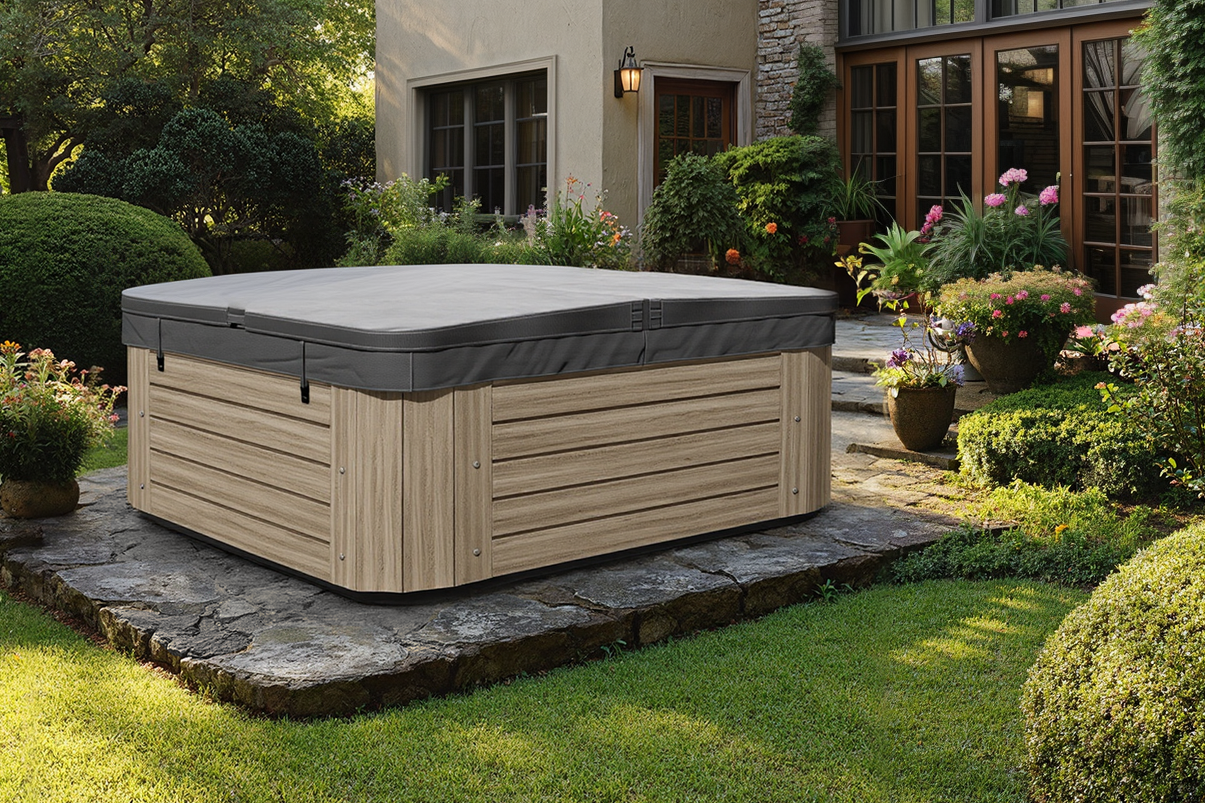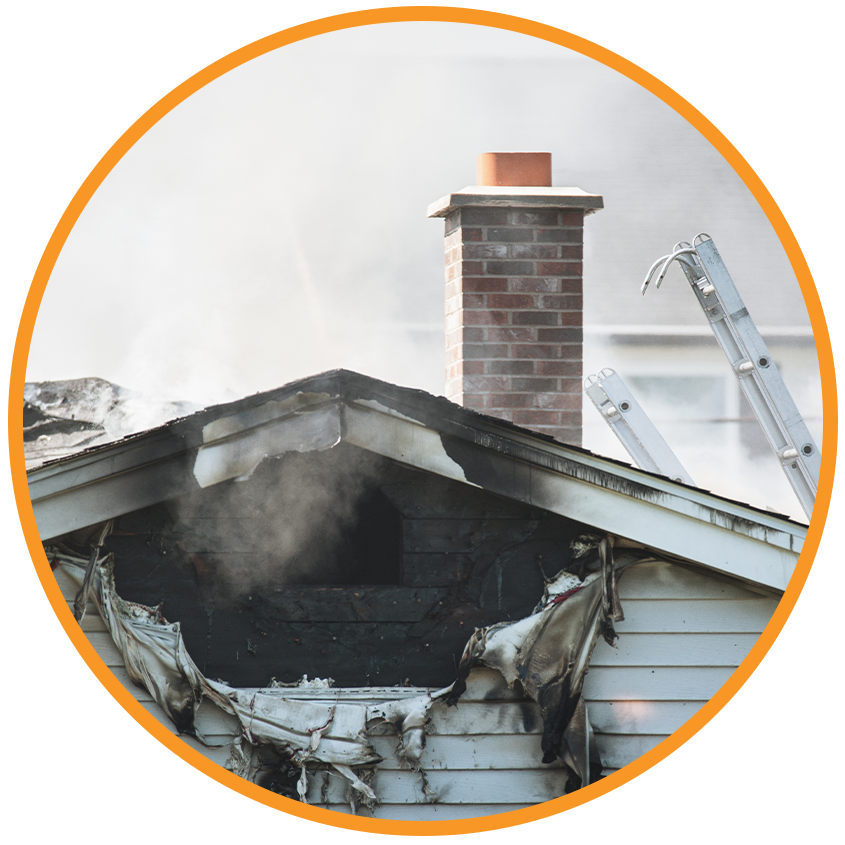
Transform Your Space: Creative Home Improvement Tips That Work
It is both an art and a science to design a house that strikes a balance between comfort, personality, and functionality. Whether you’re remodeling a single room or taking on a more extensive job, the correct home improvement advice may help you make the right choices and produce stunning, useful, and long-lasting results. This book explains how to create a character-filled, well-designed refuge in your home. For better airflow and brightness, consider upgrading your windows to maximize
. Design That Speaks to You: Merging Beauty with Function
A well-designed house complements your lifestyle in addition to being aesthetically pleasing. If you take the proper approach, you can make any area work harder for your requirements while still feeling cozy and welcoming.
Timeless Foundations That Evolve
Traditional design components aid in building a foundation that changes with the times. Simple lines, well-made furniture, and neutral hues offer adaptability and classic charm. Small updates like switching to
can make a huge difference in your home’s efficiency.
Let the Light In
Make the most of natural light by using translucent curtains, mirrors, and huge windows. In addition to opening up smaller spaces and improving mood, natural lighting also lessens the need for artificial lighting during the day.
Accessorize for Personality
Use accessories to add your personal touch to every area. Consider art that speaks to you, comfortable wraps, antique novels, and handcrafted pottery. When planning your next remodel, don’t overlook the importance of thoughtful
.
Garden Goals: Create an Outdoor Escape That Blooms Year-Round
Backyards aren’t the only places for gardens. Even little outdoor areas may be transformed into a haven with a little preparation.
Grow with Purpose
Select plants that are both suited to your preferred amount of upkeep and that flourish in your local environment. Native plants are a wise choice since they require minimal maintenance and are sustainable.
Earth-Friendly Gardening Practices
Use sustainable practices that benefit both the environment and your pocketbook:
- Compost kitchen waste for rich soil
- Collect rainwater for irrigation
- Use natural pest repellents
- Choose drought-tolerant plant species
Design Outdoor Living Zones
Make areas for dining, entertaining, and relaxing. To give each area a distinct function and personality, use outdoor rugs, seats, plants, and lights.
Smart Improvements: Projects That Make Your Home Work for You
Make areas for dining, entertaining, and relaxing. To give each area a distinct function and personality, use outdoor rugs, seats, plants, and lights.
Focus on Efficiency
Energy-efficient upgrades benefit both the environment and your pocketbook. Modern appliances, LED lighting, and smart thermostats are examples of upgrades that may save utility costs and raise the value of a property.
Kitchen and Bath Upgrades
You don’t need a complete overhaul to make a difference. Consider:
- Swapping old faucets for water-saving fixtures
- Installing under-cabinet lighting
- Replacing cabinet hardware for a fresh look
Stay Ahead with Maintenance
Regular maintenance will maintain your house in excellent condition. Costly repairs can be avoided with routine maintenance including cleaning gutters, caulking windows, and inspecting HVAC filters.
Easy Wins: Low-Cost, High-Impact Updates
There are many innovative home renovation ideas you may attempt without going over your budget if you have a tight budget. Digital marketing has revolutionized how we promote interior products like Wall Panels to niche audiences online.
Weekend Projects to Try
- Add a peel-and-stick backsplash in your kitchen
- Refresh walls with a bold accent color
- Reorganize a closet using affordable bins and labels
- Install floating shelves for storage and display
Decor Details That Elevate
The strongest effects are frequently seen in little adjustments. To change a room in a matter of minutes, replace the lamp shades, hang fresh curtains, or throw down a colorful area rug.
Design Principles to Guide You
Think of these design principles as your toolkit for smart home improvements:
Balance: Distribute visual weight across a space.
Rhythm: Use repetition and contrast to create movement.
Emphasis: Highlight focal points with lighting, color, or placement.
Harmony: Choose elements that complement each other in tone and style.
Scale and Proportion: Ensure furniture and decor are appropriately sized for the room.
FAQ: Your Home Improvement Tips Questions Answered
What are the best home improvement tips for beginners?
To gain confidence without going overboard with your timeline or money, start with small improvements like painting walls, changing the lighting, or moving furniture around.
How can I increase my home’s value with minimal investment?
Prioritize observable, practical enhancements: energy-efficient improvements, kitchen and bathroom renovations, and curb attractiveness may all yield outstanding returns on investment.
Do home improvement tips really work for small spaces?
Of course! Strategic lighting, multipurpose furniture, and clever storage may significantly improve the appearance and feel of a space in compact houses.
What should I prioritize in a home improvement project?
Before beginning cosmetic improvements, start with tasks that increase efficiency and safety, such as repairing old wiring, patching leaks, or upgrading insulation.
How often should I update or maintain different parts of the home?
Regular maintenance schedules help avoid costly repairs. For example:
- HVAC: every 3 months
- Roof: inspect annually
- Plumbing: check for leaks monthly


